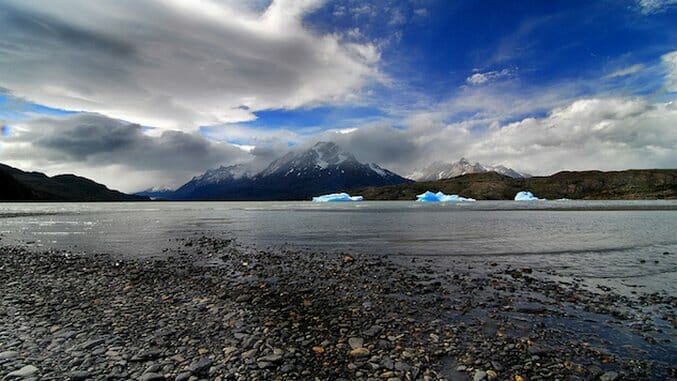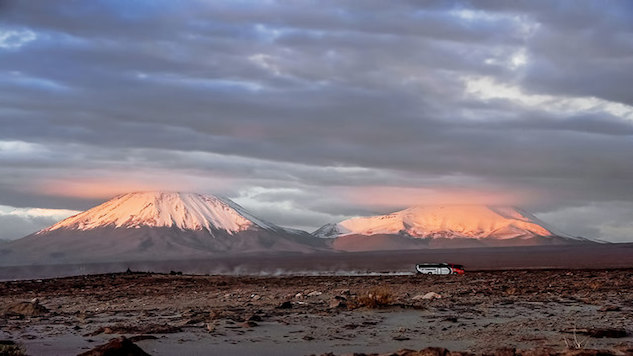Breakout Role: Chile

Never thought of visiting Chile? Well, you might be soon. In our Breakout Role series, we take a look at places that have seen huge increases in tourism in the last few years, and try to figure out what’s causing all the hype.
Kristina Schreck first went to Chile in 1998, back when only around 1.75 million people per year were visiting the South American nation. After travelling through the entire country, gathering information for the Frommer’s Argentina and Chile guidebook, she was above all overwhelmed by the country’s natural beauty.
“When I finished, I just kept thinking to myself, ‘why hasn’t anyone heard of this place? This is the most beautiful country I’ve seen in my life,” Schreck, who now runs Azure PR, a company representing Upscape tours and other Chilean companies, says.
The same landscapes and sights that made such an impression on Schreck has been drawing people to Chile for years, however in far larger numbers since she first visited the country. In 2015, around 4.4 million people visited the Latin American country, which was almost three times more than the number of tourists the nation had twenty years earlier.
![]()
Lights
 Photo: European Southern Observatory, CC-BY
Photo: European Southern Observatory, CC-BY
Although Chile’s yearly visitors jumped by more than 20% between 2014 and 2015, this quick increase is somewhat of an exception to the norm. In general, the country’s growth has been a slow, gradual process. Schreck says there are misconceptions about safety, cleanliness and accessibility in Chile, all of which she says is much better than people think.
“People are surprised when they come to Chile and see that it’s such a modern country,” Schreck says. “A lot of foreign travelers are still under the mistaken notion that [Chile is a Third World Country].”
Both the government and the hospitality industry seem to be responding to the increase by adding their own measures as well, as Chile is one of only five Latin American nations with more than 1,000 hotel rooms currently under construction. Additionally, a favorable exchange rate and a summer of hosting the Copa America soccer cup in 2015 has also helped publicize the country to foreign travelers.
![]()
-

-

-

-

-

-

-

-

-

-

-

-

-

-

-

-

-

-

-

-

-

-

-

-

-

-

-

-

-

-

-

-

-

-

-

-

-

-

-

-

 Photo:
Photo:  Photo:
Photo: 






































